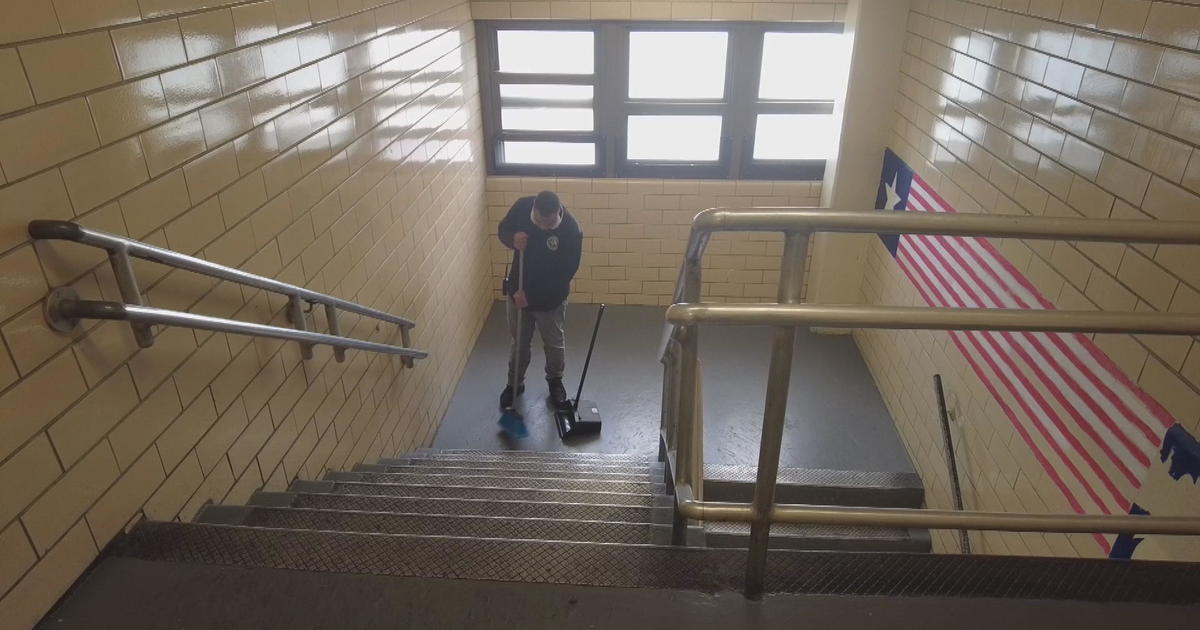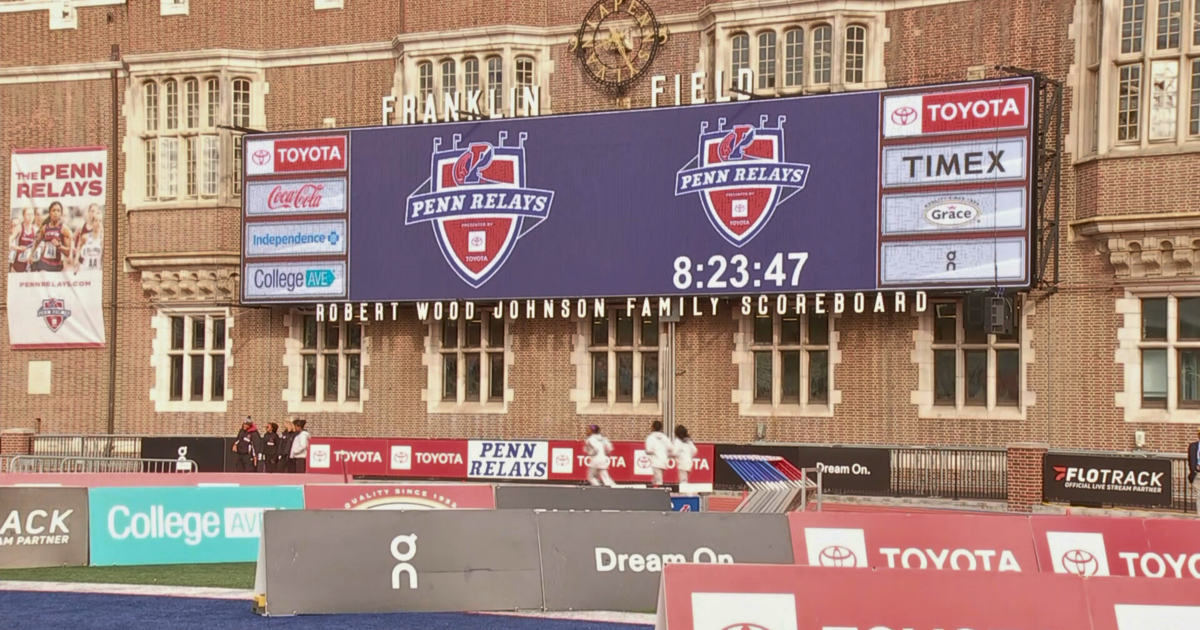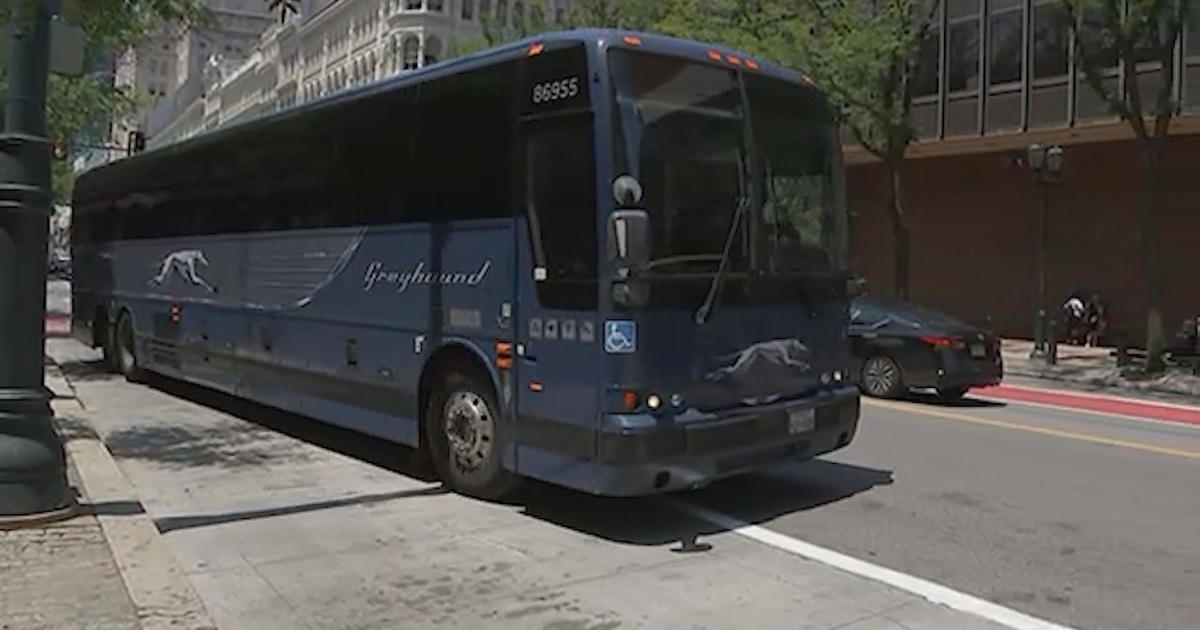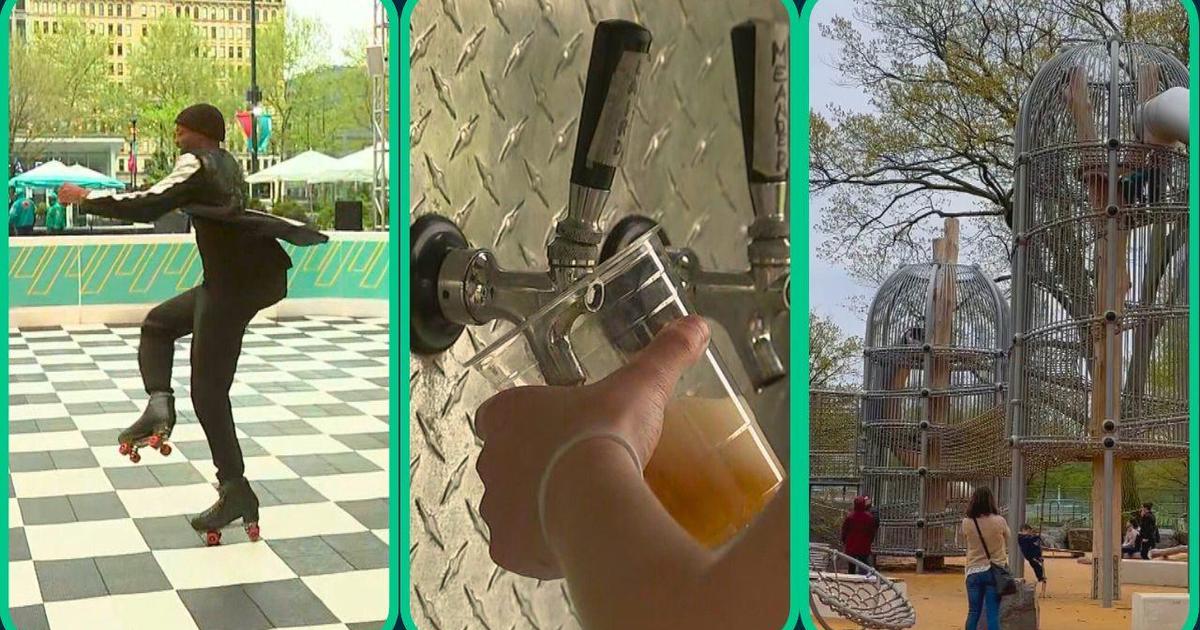Philadelphia's Child Welfare Reform Suffers Growing Pains
By Pat Loeb
PHILADELPHIA (CBS) -- Philadelphia's child welfare system is suffering from overloaded case workers, who often lack the tools and training they need to protect children, according to advocates and officials inside and outside the system.
Many of the problems, ironically, arise from an effort to improve the system by transferring case management to community-based non-profits, known as Community Umbrella Agencies (CUAs).
"Philadelphia has experienced a pretty rough transition or implementation of the CUA system," says PA Human Services Secretary Ted Dallas, who is currently reviewing the system to determine if the city will retain its full license to provide services. "As that shift has occurred there have been issues with the coordination of care that have had some negative impacts on the system."
The CUA system was designed by Department of Human Services (DHS) officials in the Nutter administration, in response to the 2006 starvation death of Danieal Kelly while under city protection.
It now falls to the Kenney administration to make it work.
"We're going on all fronts to smooth out these bumps and make corrections, some shorter term and some longer term," says Eva Gladstein, Deputy Managing Director of Health and Human Services. "Something this major is not a one-or-two-year event."
Moving cases from the centralized DHS caseworkers to CUAs was intended to accomplish a number of goals, including easier access for families, who could receive services from trusted providers in their own communities, as well as more flexibility to decide what each community needed most to assure its children's care and safety and better efficiency from non-profits that would have to demonstrate good results to keep their contracts to provide service.
But CUA officials and advocates say it hasn't worked out as envisioned.
"If you look at the original (proposals) that CUA providers submitted, that looks very, very different from what models they have actually been forced to implement," says Karin Annerhed-Harris, associate director of the Alliance of Community Service providers.
Annerhed-Harris and others blame a lack of resources, including money for adequate numbers of caseworkers but also support services such as an easily accessible records system-- problems that snowballed as the number of children in the system grew, the children stayed in the system longer and overwhelmed case managers-- many of whom were new to the grueling work-- quit.
The system was intended to run with no more than ten families per caseworker. But DHS figures show nearly half the CUA caseworkers have 14 families or more.
"That's a large number of children needing a fairly intensive amount of service from a system that really wasn't built to handle it," says Frank Cervone, executive director of the Support Center for Child Advocates.
The number of children in out of home care hit a low of 4,200, three years ago, just as the CUA system was rolling out, and that was the number the system was designed for. By 2015, however, that number of children in the system had grown to more than 6,000.
Some of the increase can be attributed to Act 13, a new state law that increased reporting requirements for suspect neglect and abuse. That has resulted in thousands of new investigations but only a modest increase in the number of confirmed cases entering the system.
Cervone and others believe much of the increase comes from children staying in the system longer.
The goal, when a child enters out of home care, is "permanency," living in a legally permanent home, with their own family, a relative or a new family through adoption.
Permanent placements dropped during the transition to CUAs.
"Too many kids were in care waiting for something to happen and that's bad for kids individually and it's bad for the system," says Cervone.
Gladstein says that, since the summer, the city has made a major effort to find permanent placement for children who had been in care the longest, and the move to permanency has greatly improved and she hopes it will remain that way.
"We're looking to create a culture to move toward permanency," says Gladstein, "how do you all along the way, in the life of a case, make sure you're moving toward permanency."
She says the city is also looking at its intake system and is working with CUAs to restore the promised flexibility and devise plans to reduce caseloads. It's also intensified technical assistance to the case workers with help from the Casey Family Foundation and is in the process of building a new data system.
The next step, says Gladstein, is bringing in outside evaluator to recommend improvements.
Transferring cases to CUAs was the centerpiece of the DHS reform plan known as "Improving Outcomes to Children." Cervone says many of the other changes have been more successful, such as a redesign of In-Home Protective Services, the hiring of nurses and a medical director.
And Cervone believes the CUAs are improving and will eventually work too.
"It was a massive undertaking. It was done thoughtfully over years of planning with hundreds, literally hundreds, of people thinking through these details and yet we couldn't get it all right in the space of time that was given," he says. "It's been a rough road."
Gladstein also has high hopes, noting many of the goals of the reform have been achieved, such as fewer children in group living situations and more staying with relatives.
"I think there's a lot that's right about it and the purpose of doing this independent evaluation is to say, 'if we think these fundamental goals were correct, what can we do to improve how they're being implemented.'"



